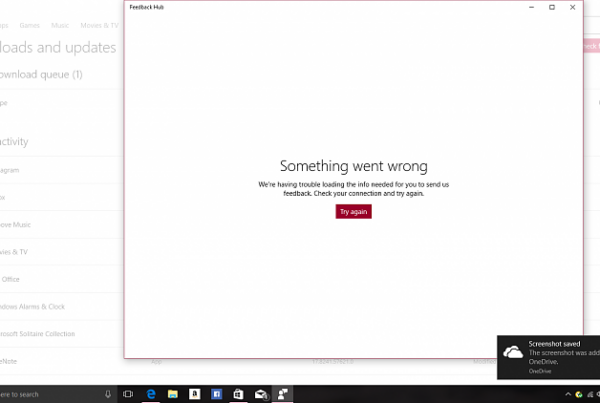The SEO for video it's more commonly called YouTube SEO right now. In general, SEO for video can thus include different aspects of video optimization. In terms of YouTube SEO, video optimization is related to achieving better rankings within the YouTube platform. Video SEO generally includes all the measures and techniques to improve video content on websites.
Origin
The videos have a clear advantage over text. They are processed by the brain 60,000 times faster than text. [1] For this reason, videos are much simpler to consume than text. Needless to say, videos are one of the most popular types of media on the web. According to surveys, US users are watching more than 200 videos per month on the Internet. More than 64 percent of marketing companies tend to include videos in their strategies.
For webmasters, these numbers indicate that they should enrich their own web pages with video content to make them more attractive and easy to consume. At the same time, YouTube offers the possibility of creating more reach for your website. In this way, SEO for video serves two purposes, to increase the attractiveness and reach of the website.
Alternatives to SEO for videos
SEO for videos generally includes actions that have the object get the most out of YouTube clips and achieve a better ranking within YouTube search, as well as Google video search. It also refers to how the videos are integrated into your web portal.
SEO on YouTube
The most common form of SEO for videos takes into account the optimization of video content for the YouTube platform. It is considered the second largest search engine in the world after Google. YouTube videos also show up in Google SERPs when the search query is relevant. A typical example is viewing YouTube video clips when a user searches for a song.
Ranking factors for YouTube SEO
The ranking factors on the YouTube platform are different from those of the general search in the Google search engine. Rankings on YouTube are based on four different factors:
- Trust in the channel: This includes the frequency of video downloads for the channel, the number of subscribers, the total clicks, and the age of the channel. Thus, a channel has greater trust when it generates many subscribers and many clicks.
- Relevance: Similar to organic search, the relevance of the video to the search query plays an important role. In contrast to websites that keywords are assigned is very important for YouTube videos. The same applies to the video title. Since the algorithm is not yet capable of reading moving images, additional items such as a workable video transcript, thumbnails, or information about the length and age of the video are important to establish the relevance of the search query.
- Interaction with the user: The more users interact with the video, the better. These include likes, dislikes, and comments. As with websites, bounce rate is a factor for YouTube video ranking.
- Share socially: How often the video was shared on YouTube, Twitter or Facebook is essential. Like websites, backlinks can also be included in the ranking. Google's inclusion in YouTube playlists is also taken into account for inclusion in video search.
Videos for SEO on your website
Moving images have the disadvantage that they cannot be read by search engines like text. For this reason, metadata plays an important role when it comes to SEO for video for your website. Search engines can use this data to establish the content of the videos. Videos are typically linked to web pages in the form of iframes.
Meta data and optimization for videos
- Video title: The title can be used to draw conclusions about the content of the video.
- Video description: Description can make the content more accurate.
Markups: Using revision marks, additional HTML items can be marked for search engines.
- Incrustation: For a search engine to be able to "read" videos on a website, the content in which the video is embedded is essential. In this way, the videos should not be integrated by themselves, but the text items should always accompany the embedded video.
Technical requirements
- Smartphone optimization: Since smartphone internet usage is increasing, webmasters should refrain from using techniques like Flash to present videos. Flash is only compatible with a few mobile devices.
- Video formats: For the user experience to be the best possible, video formats that can be viewed by all current browsers should be used.
- Video size: It is recommended to use conventional HD resolution for web videos in order not to overload the bandwidth of the Internet connection.
- Video sitemap: If the videos are hosted on your own server, the URLs of the videos must be sent to Google or Bing in a separate sitemap. In the Google search engine, the sitemap is registered in the Google Search Console and in Bing in the Bing Webmaster Tools.
Benefits for SEO in general
In general, SEO for video can have positive effects on search engine optimization in two ways. On the one hand, SEOs can provide traffic to the web portal with well-listed YouTube clips and traffic links and with a regular click. On the other hand, these videos can increase the visibility in the SERPs.
If the videos are included on a website, the time spent on the website can be increased. At the same time, the relevance of the content increases overall, as Google and other search engines tend to rate video material on websites positively. In the course of holistic search engine optimization, SEO for video should be integrated into the package of actions to be taken. Such videos can be product videos, tutorials, or image videos that increase the added value of the web portal for users. The added value also increases the opportunity for the web portal to be voluntarily linked or shared, which in turn has positive effects on all search engine optimization.
Web Links






